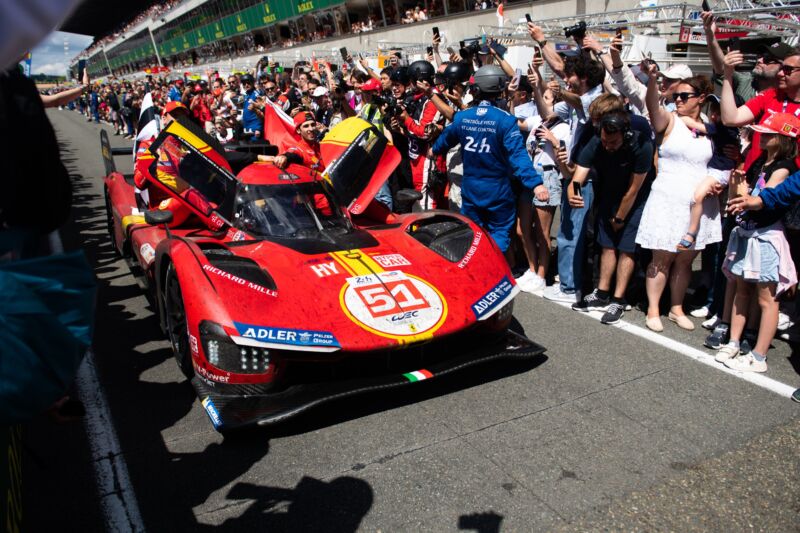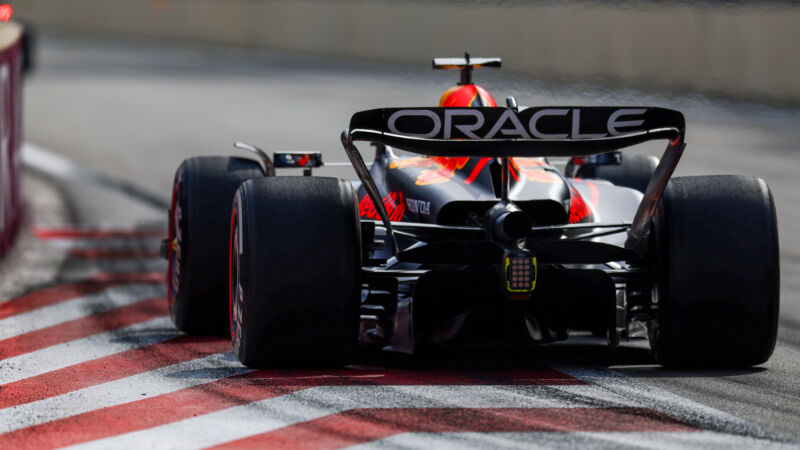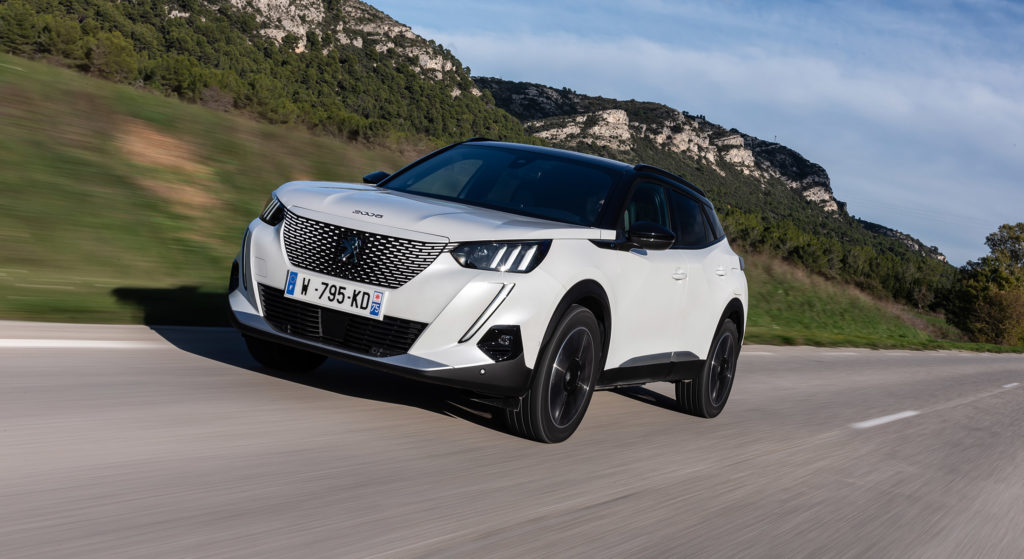
Enlarge
/
Race winners, the #51 AF Corse Ferrari 499P of James Calado, Alessandro Pier Guidi, and Antonio Giovinazzi arrive down the pit lane toward parc ferme at the end of the 100th anniversary of the 24 Hours of Le Mans at the Circuit de la Sarthe on June 11, 2023, in Le Mans, France. (credit: James Moy Photography/Getty Images)
One hundred is something of an arbitrary number, an accident of how many fingers we happen to have. But in years, it represents a long time to keep doing something again and again: like the 24 Hours of Le Mans, an annual race around an 8-mile circuit in France that exists not just as a way to entertain but also to improve the cars we drive on the road. Windshield wipers, disc brakes, fuel injection, and
laserbeam headlights
are just a few examples that were proved in the cauldron of the 24 Hours before appearing on cars like the one you might drive.
This weekend saw the centenary edition of the race take place. Anticipation had been building for months thanks to
a new ruleset that has revitalized the top class of prototypes
, now called Hypercars. After several years of Toyota facing little competition by meagerly funded privateer teams, 2023's entry list also included cars from other major manufacturers—Cadillac, Ferrari, Peugeot, and Porsche.
Legends return
Each has raced at Le Mans before, the European makes with quite some success. Across 91 actual races—world wars prevented running some years—Porsche's entries notched 19 wins, more than anyone else. Audi has the next-best record, but it has
opted to spend its racing budget on Formula 1 for the foreseeable future
.
 chevron_right
chevron_right






